Touch screens allow the user to interact with the computer by directly touching the screen. It allows the computer to sense the position of a finger or stylus to issue commands to the computer through sensors that detect touch movements, for example. In effect, it is a device that incorporates both display and input functions. So how does a touch screen actually work? We are here to help you unravel the mysteries behind the workings of these interactive screens.
Touch screens are growing rapidly around the world with their ability to provide an intuitive way of operating. Touch screens are easy to understand and use, even for people who have never used a computer before, as they allow input through direct contact with icons and buttons. Devices that use touchscreens are usually small because they can combine display and input into one device and their interface can be easily changed by software.
What a touch display detects depends on whether the screen is capacitive or resistive. Resistive screens rely on applied pressure, which means that objects other than the finger can activate the system. Capacitive touch screens, on the other hand, use an electrical conductor (such as a finger) rather than pressure to recognize commands and responses.
Capacitive touchscreens have a screen made of multiple layers of glass and plastic and are coated with a conductor material such as indium tin oxide or copper. This conductive material responds when it comes into contact with another electrical conductor, such as your bare finger. When you touch the screen, a circuit is formed at the point where your finger touches, thus changing the electrical charge at that location. Your device registers this information as a 'touch event'. Once a touch event has occurred, the screen's receiver sends this event to the operating system, prompting your device to respond.
Capacitive touchscreens typically have a brighter, clearer appearance and are much more sensitive than resistive touchscreens.
Resistive touchscreens work by touching a resistor. The glass or hard plastic layer is covered by a resistive metal layer that is conductive. The two are separated by a spacer in the screen, so when your finger presses hard on the protective plastic layer, the contact between the two layers changes the electrical charge at that location, prompting the software to respond.
Resistive screens will have a thick plastic casing, which also causes them to be less bright than capacitive screens, and the interface will look darker than capacitive screens. However, they tend to be more durable and affordable than capacitive screens.
Each screen has advantages and disadvantages that make them a better choice for certain applications. Capacitive screens offer greater flexibility and a clearer, brighter appearance. Resistive screens, on the other hand, lack the ability to register multiple touchpoints at the same time, so when you try to act on multiple points at the same time on a resistive touchscreen, they will not be recognized because their technology relies on recognizing pressure in a specific location. Resistive screens, however, tend to be more economical and durable.
Are you interested in learning more about how touchscreens help you in your work? Contact us today for expert advice!
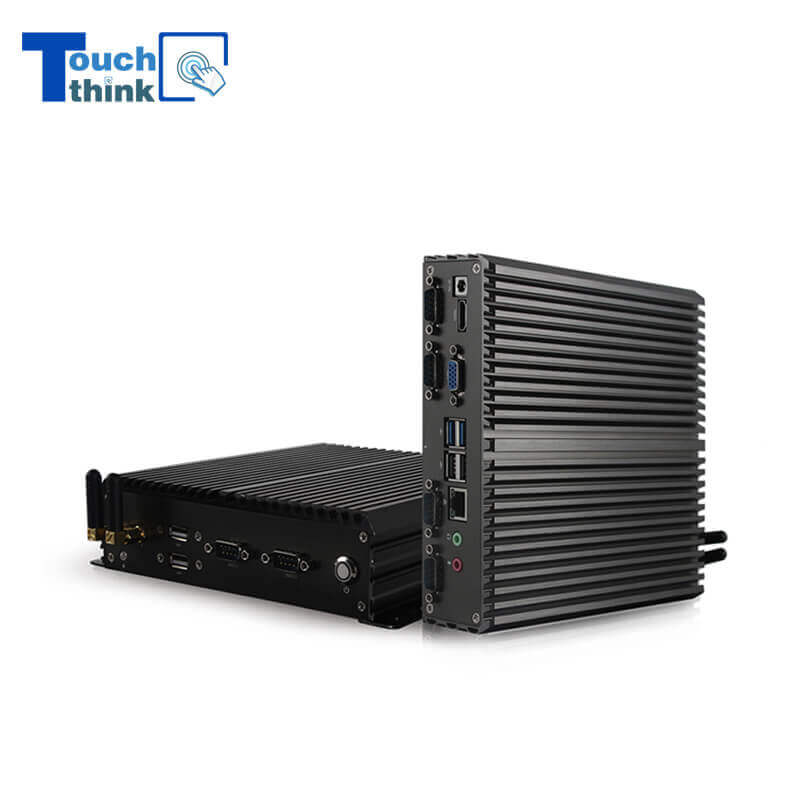
Industrial Mini PC Fanless i3 i5 i7 Industrial Box PC VIEW MORE
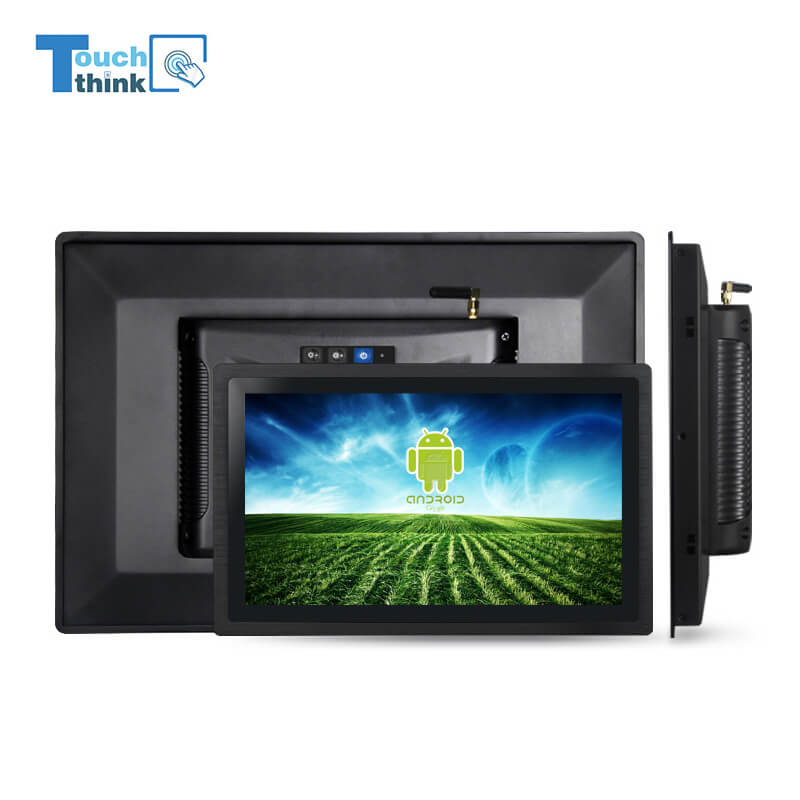
Android 13.0 Industrial Panel PC 21.5 Inch with 4G LTE WiFi Octa-Core For Meeting Room Smart Education VIEW MORE
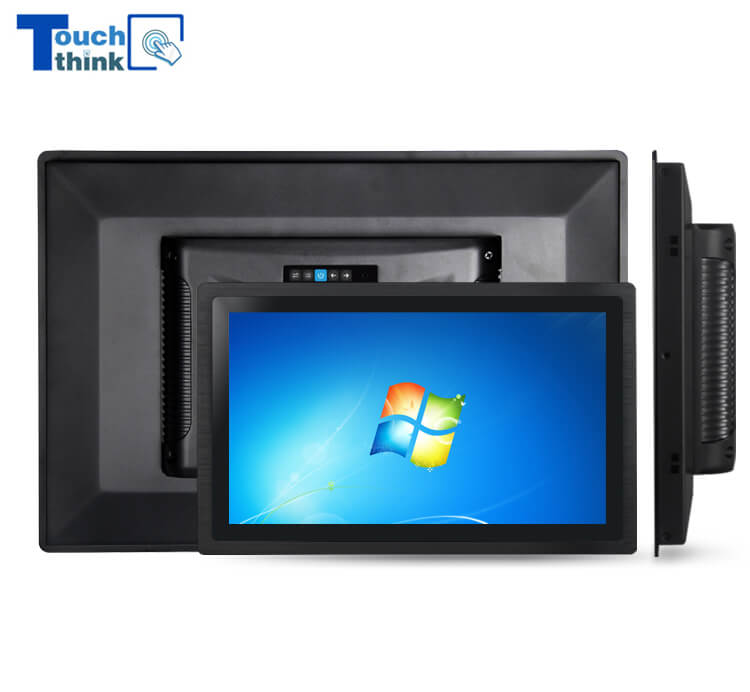
Sunlight Readable Industrial Monitor with Optional Display Size 10.1 inch VIEW MORE
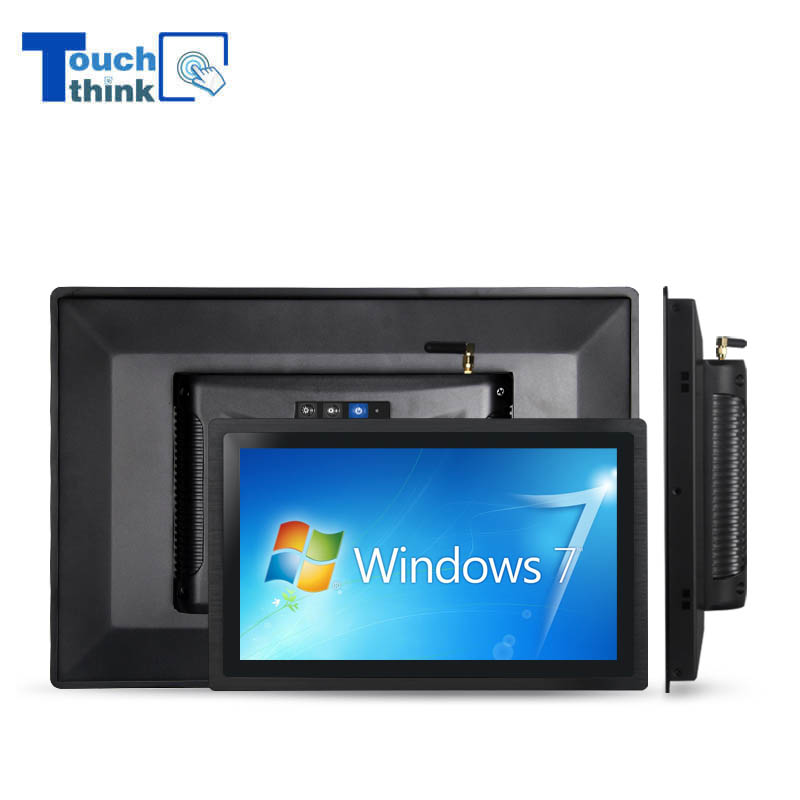
11.6 inch Windows Industrial All in One Panel PC With Touch Screen VIEW MORE
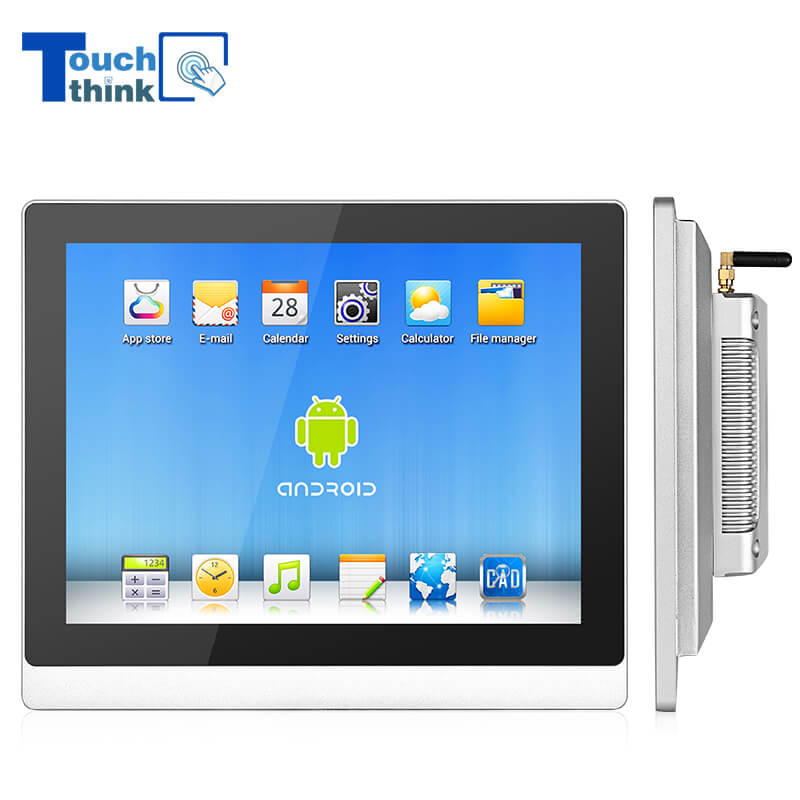
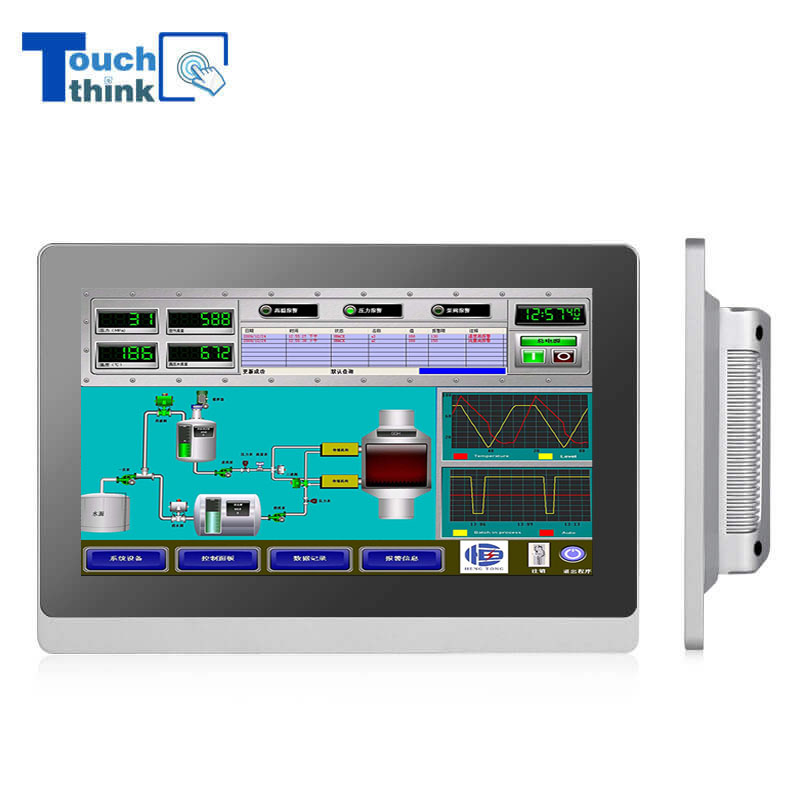
True Flat Capacitive Touch Screen Industrial LCD Monitor IP65 21.5 inch VIEW MORE
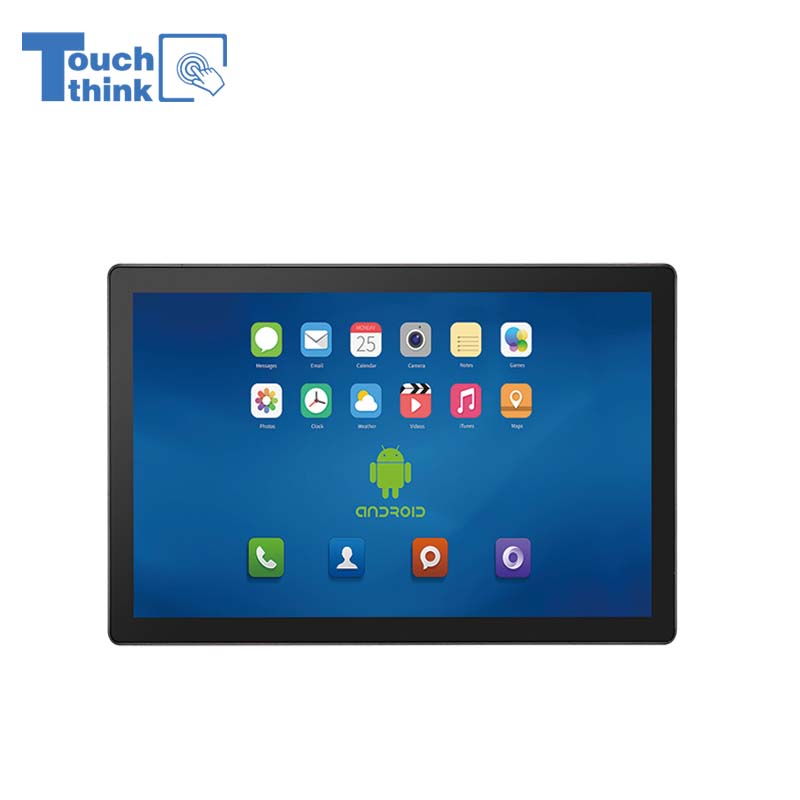
All Weather Android Tablet PC for Public Service Terminals 15.6" VIEW MORE
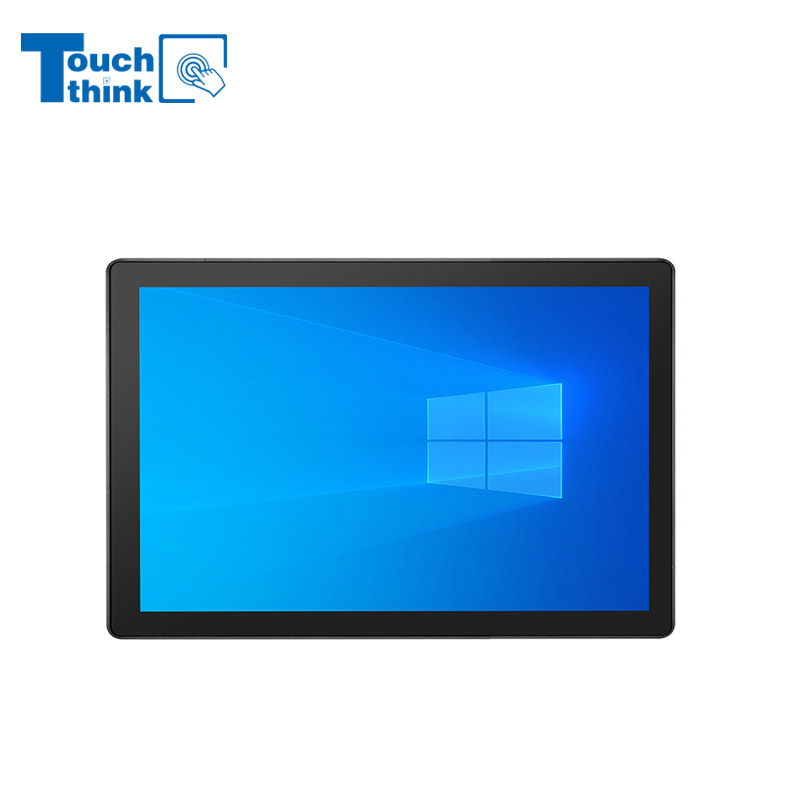
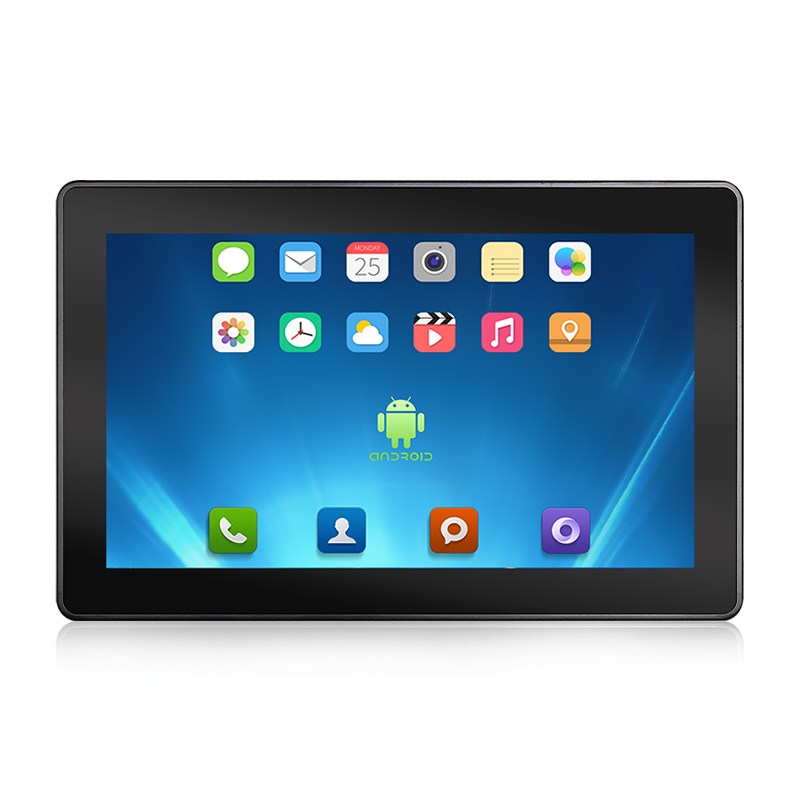
Industrial Android Tablet PC PoE Dual LAN Ethernet Android 12.0 / 7.1 / 9.0 / 10.0 VIEW MORE
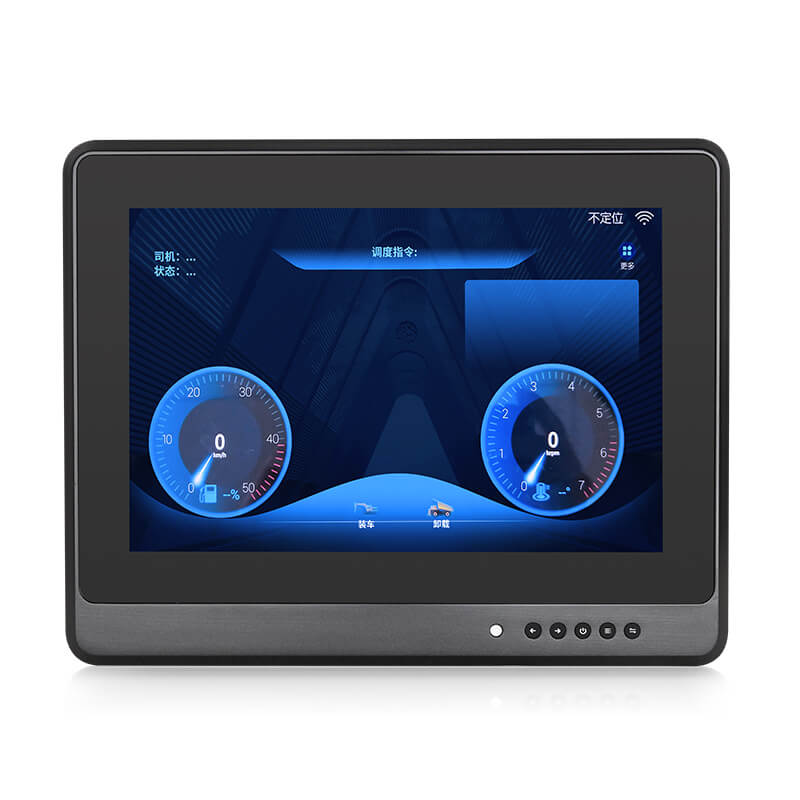
10.1" Vehicle Mount LCD Monitors Vehicle Touch Displays Car Crane Monitor VIEW MORE
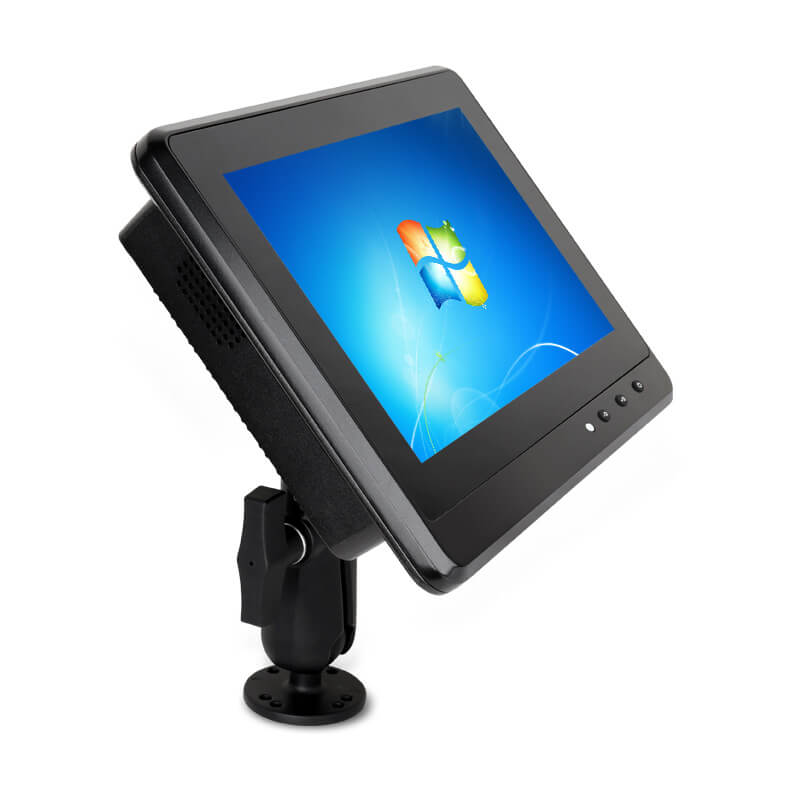
Transportation Panel PC Windows Vehicle Mounted Touch Computers VIEW MORE
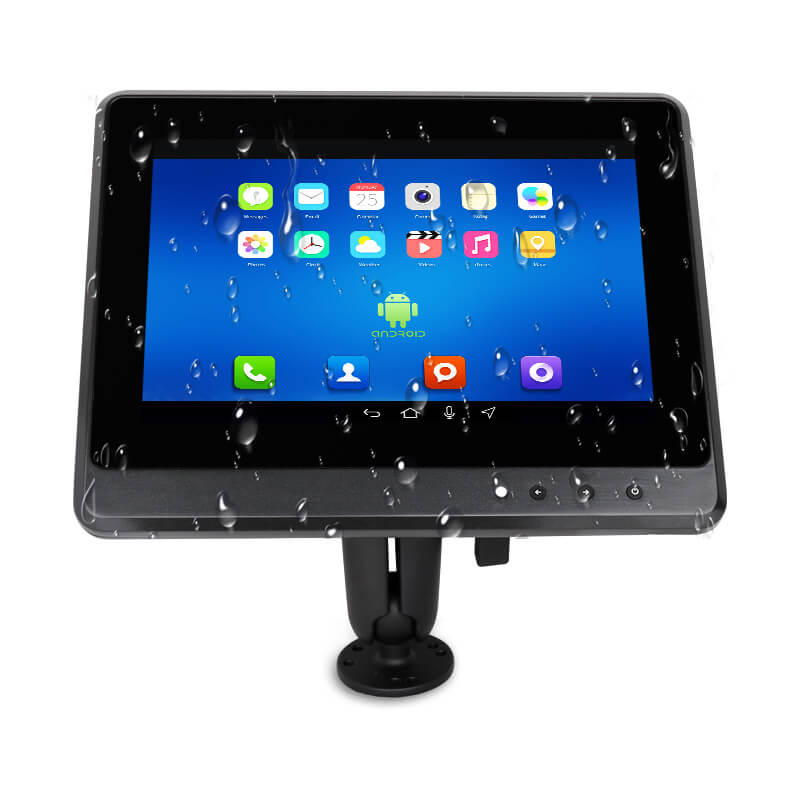
Android In-Vehicle Industrial Panel PC Vehicle AGV Computer VIEW MORE
Skype: live:touchtec
Copyright © Shenzhen Touch Think Intelligence Co.,Ltd. All Rights Reserved Update cookies preferences